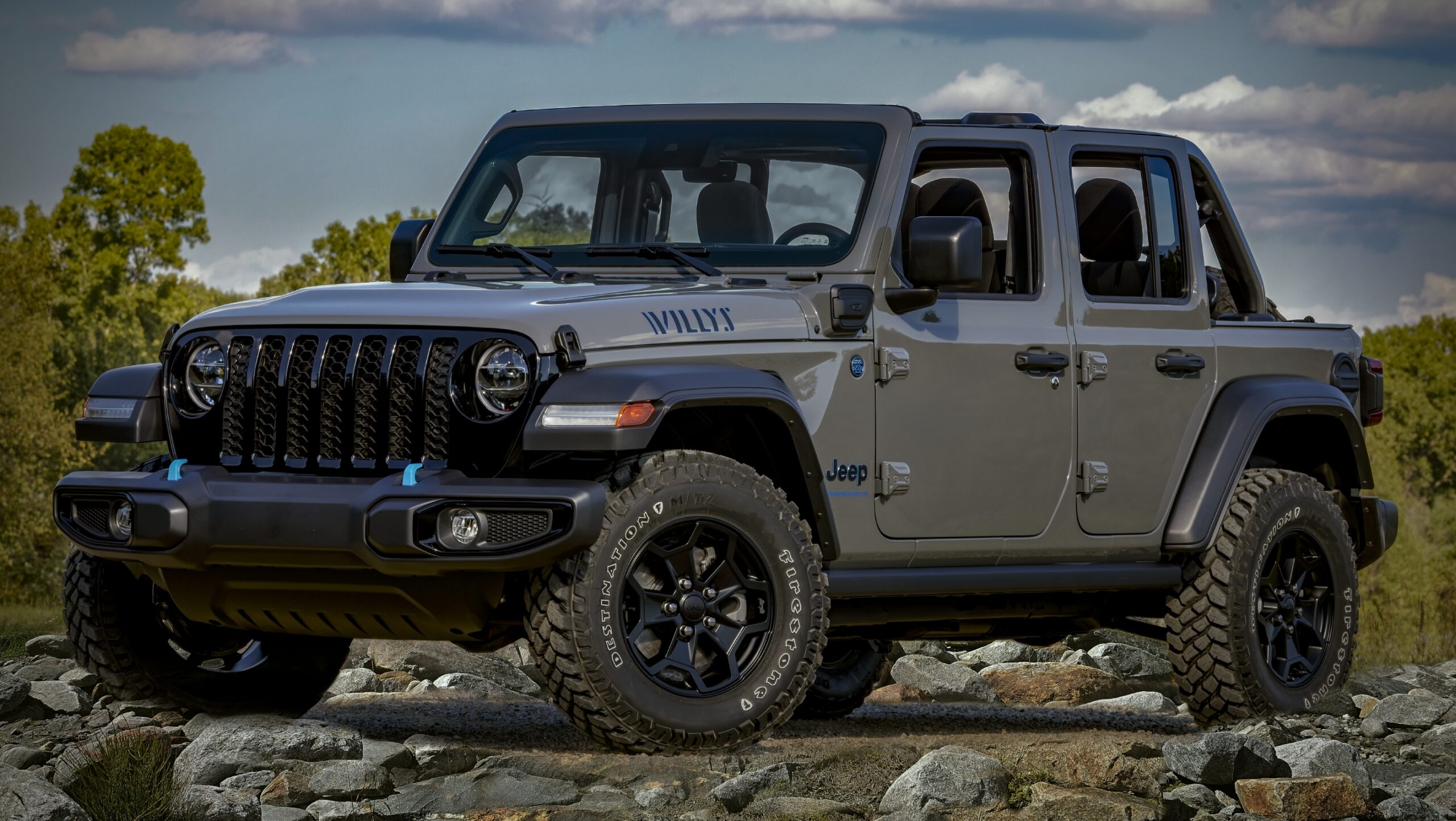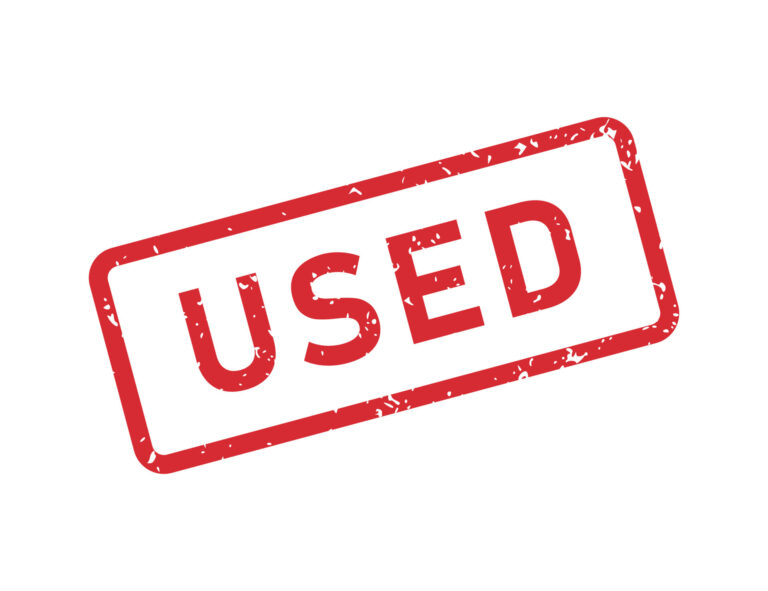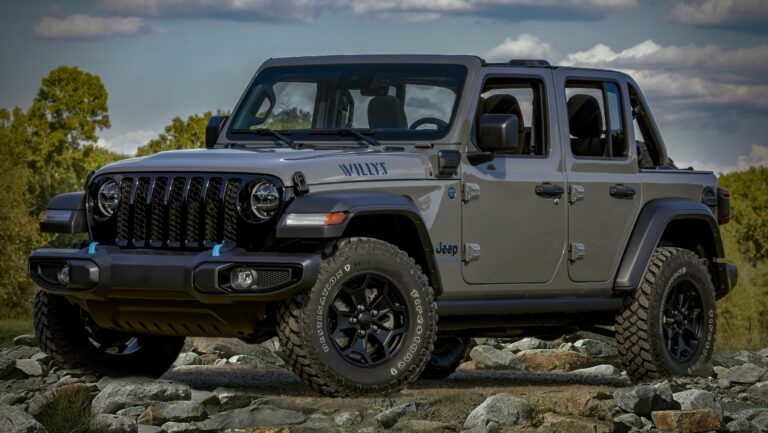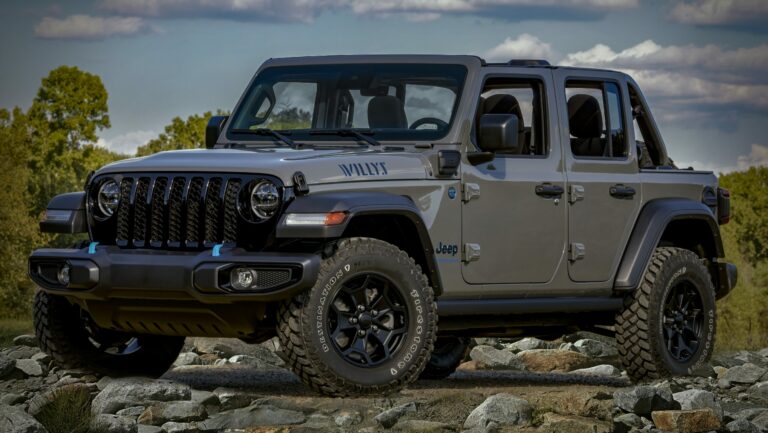Jeep Wrangler Dana 44 Axles For Sale: Your Ultimate Guide to Upgrading Performance and Durability
Jeep Wrangler Dana 44 Axles For Sale: Your Ultimate Guide to Upgrading Performance and Durability /jeeps.truckstrend.com
The iconic Jeep Wrangler is synonymous with off-road adventure, and at the heart of its legendary capability lie its axles. For many enthusiasts, the quest for enhanced performance and unwavering durability leads directly to one name: the Dana 44. When you embark on the journey of seeking Jeep Wrangler Dana 44 axles for sale, you’re not just buying a part; you’re investing in a significant upgrade that transforms your vehicle’s potential, allowing it to tackle more challenging terrain, accommodate larger tires, and withstand the rigors of serious off-roading. This comprehensive guide will navigate the world of Dana 44 axles, from understanding their importance to finding the perfect set for your build, ensuring you make an informed decision for your next adventure.
Why Upgrade to Dana 44 Axles? The Core of Off-Road Strength
Jeep Wrangler Dana 44 Axles For Sale: Your Ultimate Guide to Upgrading Performance and Durability
For many Jeep Wrangler owners, especially those with Sport or Sahara models, the factory-equipped Dana 30 front axle and often a Dana 35 or light-duty Dana 44 rear axle can become a limiting factor as they push their vehicles harder. This is where the Dana 44 steps in as the industry standard for robust performance.
- Superior Strength and Durability: The primary reason for upgrading is strength. Dana 44 axles feature larger ring and pinion gears, thicker axle tubes, and often larger axle shafts compared to their smaller counterparts. This increased beefiness translates directly into a higher load capacity and greater resistance to bending, twisting, or breaking under stress – common occurrences when running larger tires, aggressive lockers, or navigating challenging obstacles.
- Accommodating Larger Tires: One of the most common modifications for a Jeep Wrangler is installing larger tires. While bigger tires provide increased ground clearance and traction, they also exert immense leverage on the axle components. Dana 44s are designed to handle the additional rotational mass and forces generated by 35-inch, 37-inch, or even larger tires without undue stress on the differential, gears, or axle shafts.
- Enhanced Performance and Reliability: Whether you’re rock crawling, overlanding, or simply exploring tougher trails, the reliability of your axles is paramount. Dana 44s significantly reduce the risk of axle failure, meaning fewer trailside repairs and more confidence to push your Jeep to its limits. They also provide a solid foundation for further drivetrain modifications, such as aggressive lockers and lower gear ratios, which are essential for maximizing off-road traction and control.
- Future-Proofing Your Build: Investing in Dana 44 axles early in your build can save you money and headaches down the road. If you anticipate increasing tire size or tackling more extreme terrain in the future, upgrading your axles now prevents the need for a costly, redundant upgrade later.
Understanding Dana 44 Axle Variants for Jeep Wranglers

Not all Dana 44s are created equal. When looking for Jeep Wrangler Dana 44 axles for sale, it’s crucial to understand the different types available, both from the factory and the aftermarket.
OEM Dana 44s
- Jeep Wrangler TJ/LJ (1997-2006): Many TJ/LJ Rubicon models came equipped with front and rear Dana 44 axles, often featuring air-actuated lockers. Some non-Rubicon TJs had a rear Dana 44 as an option. These are highly sought after in the used market.
- Jeep Wrangler JK (2007-2018):

- Rubicon Models: Both front and rear axles are Dana 44s, typically featuring electronic lockers (e-lockers) and 32-spline axle shafts. The front JK Rubicon Dana 44 is often called a "hybrid" or "enhanced" Dana 44, as it uses a larger ring gear and larger diameter axle tubes than standard Dana 44s, but still maintains the Dana 44 pinion size.
- Sport/Sahara Models: These typically came with a Dana 30 front and a Dana 44 rear (often with an open differential or limited slip). The rear Dana 44 on non-Rubicon JKs is generally considered slightly weaker than the Rubicon rear Dana 44 due to smaller axle shafts and different tube thickness, though still a significant upgrade over a Dana 35.
- Jeep Wrangler JL (2018-Present):
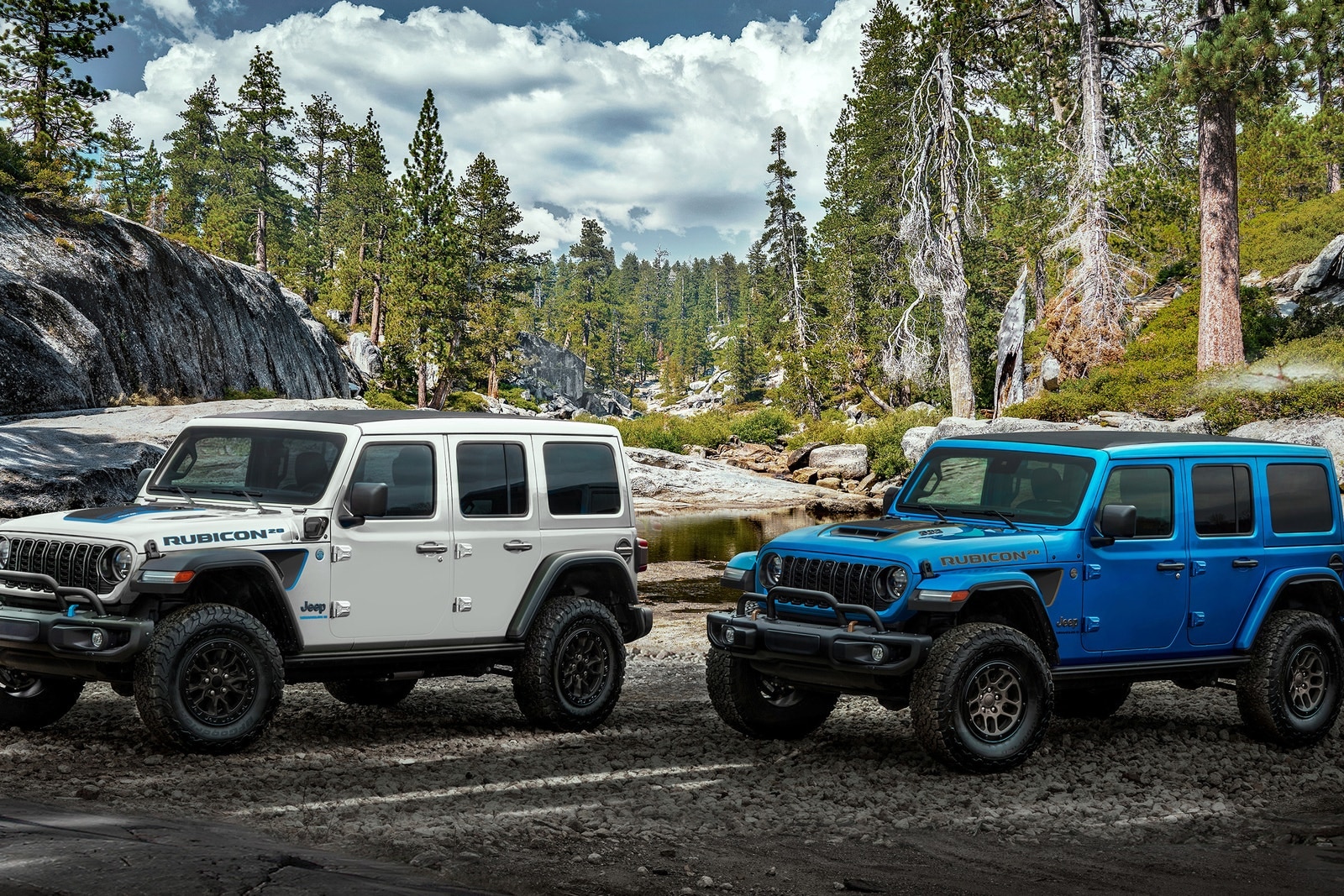
- Rubicon Models: Feature next-generation Dana 44 axles (often branded as Dana M210/M220 or Dana 44 AdvanTEK), with stronger housing, larger ring and pinion, and electronic lockers. These are generally considered the strongest factory Dana 44s.
- Sport/Sahara Models: Typically come with a Dana M186 front and Dana M200 rear, which are not true Dana 44s in the traditional sense, but often confused with them due to marketing. An upgrade is still highly recommended for serious off-road use.
Aftermarket Dana 44s
The aftermarket offers an even wider array of Dana 44 options, often far exceeding the strength of OEM units. Brands like Dynatrac, Currie Enterprises, TeraFlex, G2 Axle & Gear, and Spidertrax are renowned for their high-performance offerings.
- Enhanced Materials: Aftermarket Dana 44s often utilize thicker-walled axle tubes, stronger steel for the housing, chromoly axle shafts (which are significantly stronger than stock), and heavy-duty knuckles and inner C’s.
- Full-Float vs. Semi-Float: Most OEM axles are semi-float, meaning the axle shaft supports the weight of the vehicle and transmits power. Full-float axles, common in heavy-duty aftermarket applications, use a hub assembly that supports the vehicle’s weight, allowing the axle shaft to only transmit power. Full-float designs are inherently stronger and safer in case of an axle shaft break.
- Customization: Aftermarket axles can be ordered in specific widths, bolt patterns, with pre-installed lockers, desired gear ratios, and various brake setups. This allows for a truly tailored solution for your specific build and tire size.
Where to Find Jeep Wrangler Dana 44 Axles For Sale
The hunt for the perfect Dana 44 can lead you down several paths, each with its own advantages and considerations.
- New Aftermarket Retailers:
- Online Off-Road Parts Stores: Websites like Quadratec, Northridge4x4, Extreme Terrain, 4 Wheel Parts, and Morris 4×4 Center offer a wide selection of new aftermarket Dana 44 assemblies from leading manufacturers. This is often the most straightforward way to get a complete, ready-to-install solution with warranty support.
- Specialty Off-Road Shops: Local or regional custom fabrication and off-road shops often stock or can order high-quality aftermarket axles and provide expert installation.
- Used Marketplaces:
- Online Forums and Social Media Groups: Dedicated Jeep forums (e.g., JK-Forum, JLWranglerForums, Pirate4x4) and Facebook Marketplace groups (e.g., "Jeep JK/JL Parts For Sale," "Off-Road Parts Classifieds") are excellent places to find used OEM Rubicon Dana 44s or even used aftermarket axles. Be prepared to ask detailed questions and request clear photos.
- Craigslist and Local Classifieds: Good for finding local deals, but exercise caution and inspect items thoroughly in person.
- Salvage Yards/Junkyards: While less common for complete, ready-to-install axle assemblies, some specialized salvage yards might have wrecked Rubicons from which axles can be pulled. This often requires more work to clean, inspect, and potentially rebuild the axle.
- Specialized Used Parts Dealers: Some businesses specialize in parting out wrecked Jeeps or selling used take-off parts, including axles.
When buying used, always inquire about the mileage, previous use (rock crawling vs. street), any known issues, the current gear ratio, and whether lockers are installed. A pre-purchase inspection by a trusted mechanic or off-road shop is highly recommended.
Key Considerations When Buying Dana 44 Axles
Purchasing Dana 44 axles is a significant investment. Here are critical factors to consider to ensure you get the right setup for your Jeep:
- Gearing: The gear ratio in your differential is crucial for matching your tire size and intended use. Common ratios for larger tires include 4.56, 4.88, 5.13, or even 5.38. Ensure both front and rear axles have the exact same gear ratio if you’re buying them separately. Mismatched gears will destroy your transfer case.
- Lockers: Decide if you want open differentials, limited-slip differentials (LSDs), or selectable lockers (air-actuated like ARB, or electric like Eaton E-Locker or the factory Rubicon e-locker). Lockers provide maximum traction but require careful use.
- Bolt Pattern: Jeep JKs and JLs use a 5×5 (5x127mm) bolt pattern, while TJs use a 5×4.5 (5×114.3mm) pattern. Ensure the axles you buy match your wheel bolt pattern. Some heavy-duty aftermarket axles might even offer an 8-lug pattern for extreme builds.
- Axle Width: OEM axles have specific widths. Aftermarket axles can be ordered stock width or wider for increased stability and tire clearance. Consider how width affects turning radius, fender clearance, and overall stance.
- Brake Compatibility: Will your existing brake components (calipers, rotors, brake lines) fit the new axles? Many aftermarket axles come with upgraded brake systems or require specific components. Factor in brake upgrades if needed.
- Steering and Suspension Compatibility: Upgrading axles can impact your steering and suspension geometry. Many aftermarket axles are designed to work with specific high-steer kits, heavy-duty track bars, and control arms. Be prepared for potential additional component purchases.
- Installation: Swapping axles is a complex job that requires specialized tools and mechanical expertise. Decide if you will attempt a DIY installation or if you will pay a professional shop. Factor in installation costs if going the professional route.
- Budget: New aftermarket axles can range from a few thousand dollars to well over $10,000 for a complete set. Used OEM Rubicon take-offs are often a more budget-friendly option but may require rebuilding or re-gearing.
Installation and Post-Installation Tips
While a full installation guide is beyond the scope of this article, here are essential tips:
- Pre-Installation Inspection: Thoroughly inspect your new or used axles. Check for any damage, wear, or missing components. If buying used, consider replacing bearings, seals, and potentially axle shafts for peace of mind.
- Fluid and Breathers: Ensure your new axles are filled with the correct differential fluid (and friction modifier if applicable for LSDs). Extend your axle breathers higher into the engine bay or frame to prevent water ingestion during water crossings.
- Torque Specs: Always follow manufacturer torque specifications for all bolts, especially those on the differential cover, control arms, and shock mounts.
- Driveshafts: Upgrading axles, especially to aftermarket units with different pinion angles or lengths, might require new or modified driveshafts.
- Gearing Break-in: If you install new gears (common with aftermarket axles or re-gearing used ones), follow a strict break-in procedure. This typically involves driving for short intervals, allowing the gears to cool, and then performing a fluid change after a few hundred miles to remove microscopic metal particles. Failing to do so can lead to premature gear failure.
- Regular Maintenance: After installation, regularly check fluid levels, inspect for leaks, and visually check all components for wear or damage, especially after hard off-roading.
Practical Advice and Actionable Insights
- Define Your Needs: Before you even start looking for Jeep Wrangler Dana 44 axles for sale, clearly define what you want your Jeep to do. What size tires do you plan to run? What type of off-roading will you be doing? Your answers will dictate the necessary strength, gearing, and locker options.
- Research Compatibility: Thoroughly research the compatibility of your desired axles with your specific Jeep model year, existing suspension, steering components, and brake system. Don’t assume everything will bolt right up.
- Factor in All Costs: The price of the axles themselves is just the beginning. Budget for shipping, installation, new driveshafts, brake lines, possibly a new master cylinder, steering components, and any other associated parts.
- Don’t Compromise on Quality: Axles are critical safety and performance components. While it’s tempting to save money, compromising on quality can lead to costly failures down the road. Invest in reputable brands and well-maintained used parts.
- Get Professional Help: If you’re not confident in your mechanical abilities, or if you don’t have the necessary tools, pay a reputable off-road shop for installation. A properly installed axle is essential for safety and longevity.
Jeep Wrangler Dana 44 Axles For Sale: Estimated Price Guide
Please note that prices are highly variable based on condition, specific features (lockers, gearing), brand, and market demand. These are rough estimates for Jeep Wrangler Dana 44 Axles For Sale as of late 2023/early 2024.
| Axle Type / Configuration | Description | Estimated Price Range (USD) |
|---|

